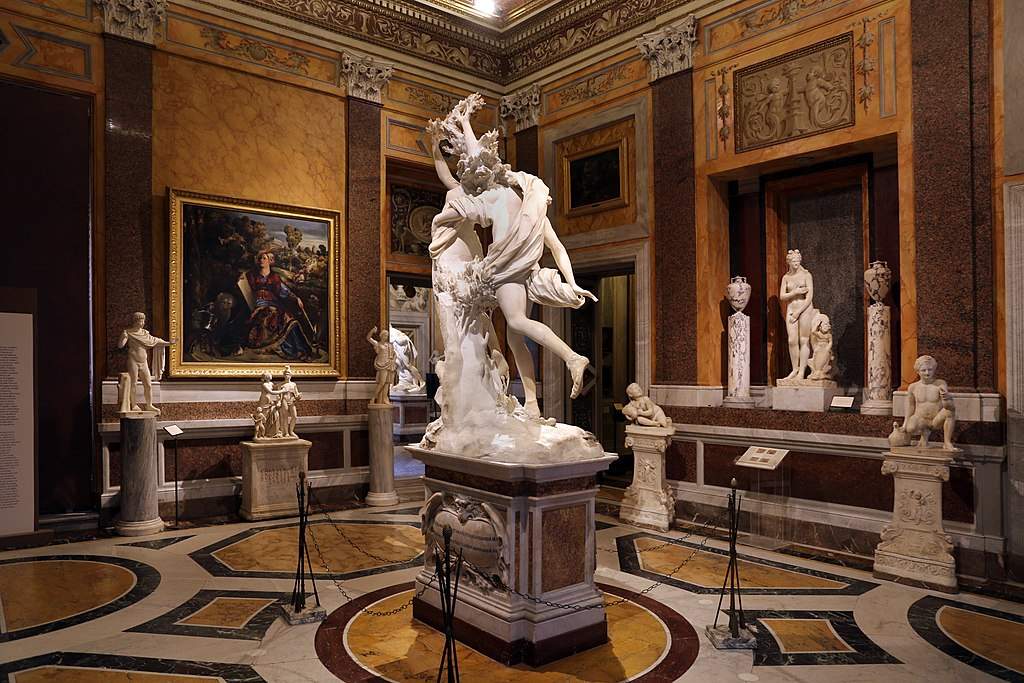During meetings held at the headquarters of the Department of Civil Defense on May 4, 5 and 6, the Technical-Scientific Committee (STC) for the Covid-19 coronavirus emergency issued guidelines for the reopening of museums: in the coming days they will be scrutinized by the government, which will decide whether and how to apply them. Let’s look at them in detail.
Meanwhile, the minutes of the meetings specify that “in relation to the requests received from the Ministry of Cultural Heritage and Activities and Tourism (MiBACT) about the actions and methods for reopening museums and other places of culture to the public, the CTS confirms that theadoption of measures dicontainment of the epidemic contagion from SARS-CoV-2 must take place according to the principles of gradualness and progressiveness so as to allow for the verification of their sustainability.” The indications of the CTS, the document goes on to say, “are of a general nature to ensure the coherence of the measures essential to the containment of the epidemic, referring to the bodies in charge and the competent authorities the declination of specific implementation indications.”
Here, then, is what the committee prescribes. Reopenings, meanwhile, will be differentiated on the basis of the type of museum (outdoor site, site in confined premises, hybrid site), size and concentration of visitor flows. Specifically, the measures for museums with more than 100,000 visitors a year will be more stringent than those for smaller museums. Here are the ones that apply to all: management of entrances and exits (“Visits,” the document says, “should be contingent in terms of numbers and time slots, in the sense that opening and closing times should be provided that do not aggravate mobility in relation to commuting,” for example overlapping with peak hours, and it is necessary also to provide for connections with the institutions involved in mobility plans); compulsory masking for visitors throughout the visit; proper management of common spaces (“the spaces devoted to refreshment and commercial services dedicated to merchandising, book sales, etc.”); and the use of the museum’s facilities., should be restricted in analogy to the general rules provided for commerce, i.e., always guaranteeing the presence within them of a limited number of users proportional to the size of the premises," if it is decided to reopen them); use of signage to enforce a physical distance of at least 1 meter, including at ticket offices and information counters, in stores and at theoutside sites; provide one-way routes; regulate toilets so that access is always spaced out; frequent hand washing in the manner recommended by the World Health Organization and the Ministry of Health; ensuring daily cleaning of rooms, workstations, and common areas by paying special attention to frequently used contact surfaces; placement of hand sanitizing dispensers; limiting use of touch screens; limiting cash payments; avoiding lines at ticket counters by encouraging ticket purchases through apps and websites; avoiding the use of audio guides, especially “at an early stage,” and if not, providing sanitization after each use; preparing digital guides and materials instead of paper; providing information materials on sanitation; and using videos on measures to follow at sites.
Regarding large museums (above 100,000 visitors per year), the document explains that “there are particular critical issues not only regarding the risk of aggregation, but also in relation to the impacts on overall mobility and transportation that require systemic measures. These measures imply synergistic actions with the involvement of all the institutions involved and in any case require cautious evaluations regarding the progressiveness of the actions in view of the great complexities they imply. It is therefore appropriate to develop specific plans that provide for contingency also in view of the size and type of the site with regard to sustainable reception.”
Regarding workers, the CTS prescribes mandatory face masks for those who are in contact with the public or other workers; the continuation of smart working; constant checks on the health status of staff by ensuring appropriate screenings, and giving precise indications on health and safety-related procedures, including spacing rules, and protective equipment to be provided to staff, especially supervisory staff (both internal and private) and/or visitors, as will be indicated by the competent bodies.
Finally, the CTS suggests reopening gradually by giving priority to museums that have never experienced high attendance in 2018 and 2019. “The gradualness of reopenings,” the section on museums in the report concludes, “also allows the verification of the sustainability of the measures for the overall containment of the epidemic by referring back to what has already been said in the general premise.”
Pictured: Borghese Gallery, the Apollo and Daphne room. Ph. Credit Francesco Bini
 |
| Museums, here are the strict rules suggested by the Scientific Technical Committee to reopen them |
Warning: the translation into English of the original Italian article was created using automatic tools. We undertake to review all articles, but we do not guarantee the total absence of inaccuracies in the translation due to the program. You can find the original by clicking on the ITA button. If you find any mistake,please contact us.